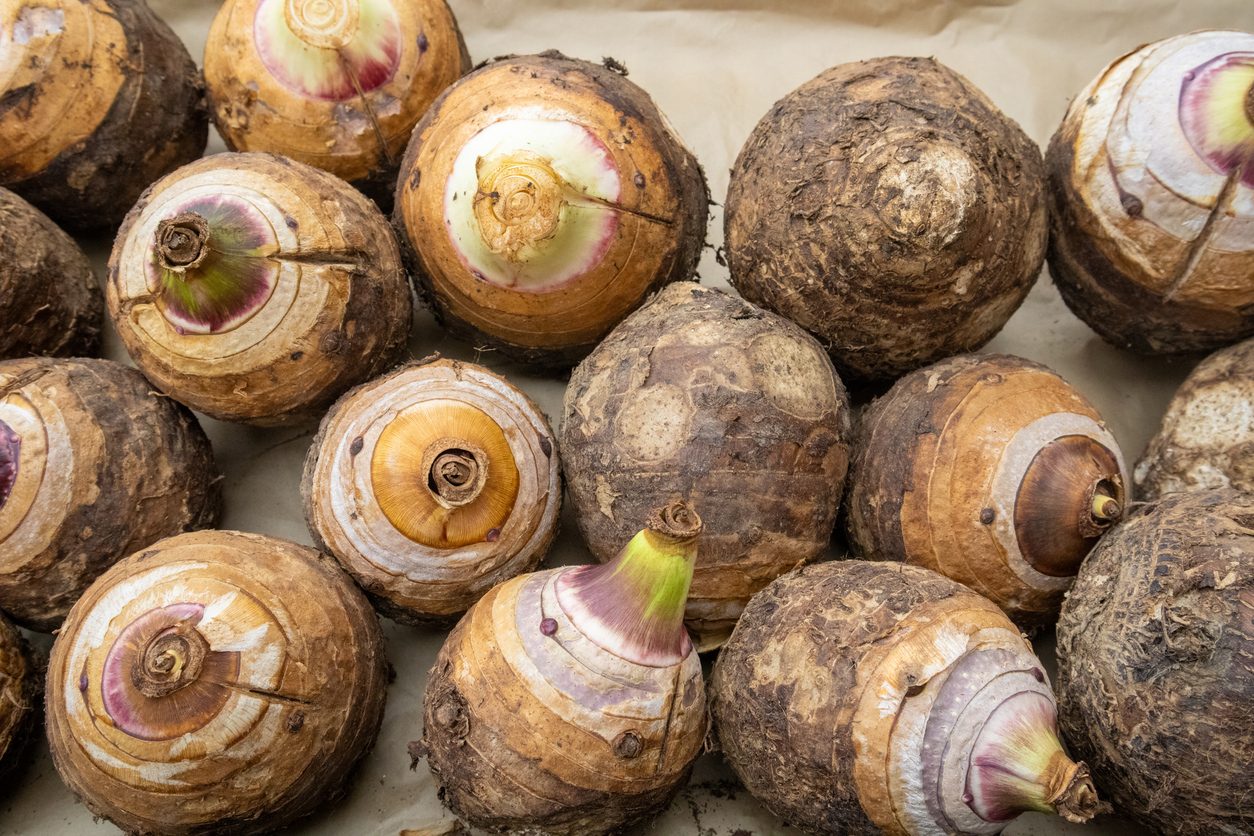Everything You Need To Know To Tackle Those Minor Burns
The festive season is welcomed by hearty meals — and lots of baking. Unfortunately, that heightens the incidence of minor burns in the kitchen. So, you want to be prepared for such mishaps in your kitchen! Here's an abridged guide to burns as well as treatment recommendations for when they're minor.
;Resize,width=742;)
Christmas is only a few days away and that means that you're probably summoning the pro chef inside you to make the most delicious treats for you and your loved ones.
But you must know that you are also most likely going to come into contact with an extremely hot surface that can cause a burn. But before that happens, keep the following in mind so you'll handle the situation better if it does happen.
What Are Burns?
Burns occur when there's damage to tissue from heat and they can be classified into various degrees, depending on the extent of the injury.
They are:
- 1st Degree Burn: this is a minor burn that only affects the outermost layer of your skin. The injury site will be red but not blistered and unlike most other degrees, heal very fast and leave no scars.
- 2nd Degree Burn: this occurs when the dermis, which is the layer just beneath the outer layer of the skin, becomes damaged. You'll notice blisters at the site and it'll also be very painful to touch.
- 3rd Degree Burn: this is damage to much deeper tissues of the skin and require emergency attention.
- 4th Degree Burn: this is an extensive damage to skin and deeper tissues underneath it. It also requires emergency medical attention.

A burn requires serious medical attention when:
- It covers more than a three-inch area
- It is located on your face or a major joint like your knee, shoulder, or ankle where constant movement aggravates the pain.
- It causes extensive damage to tissues other than your skin.
- The burn appears to be getting worse
- The burn area is larger than the size of your hand
- You have blistering
- You can see muscle or bone
- You suffered a chemical or electrical burn
If you notice any of the above, report at a nearby hospital immediately for proper attention.

Tips For Treating 1st Degree Burns
There are numerous home remedies for burns but not all of them are actually helpful. Therefore it is always best to consult with a medical professional for expert advice. Here are some recommended treatments for first degree burns:
- Immerse the burned area in cold water for at least five minutes.
- Take ibuprofen to tackle the pain.
- Apply an anaesthetic like lidocaine to the site to soothe the skin.
- Use an antibiotic ointment and cover the area lightly with loose gauze to keep it protected and out of the sun.
What To Avoid:
- Don't place ice directly on the pain; it might irritate the site.
- Don't rub butter or eggs on the burn. They are not effective.
- Don't use cotton balls. The small fibres can stick to the site, cause irritation and ultimately lead to an infection.
If you notice that the burn turns worse despite first aid, seek medical attention immediately.
;Resize,width=767;)
;Resize,width=712;)
;Resize,width=712;)
;Resize,width=712;)
